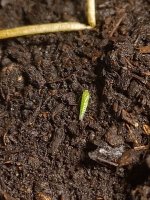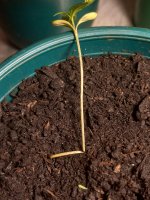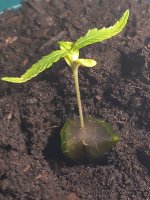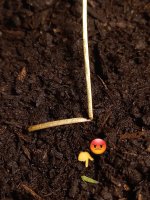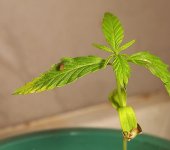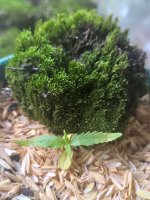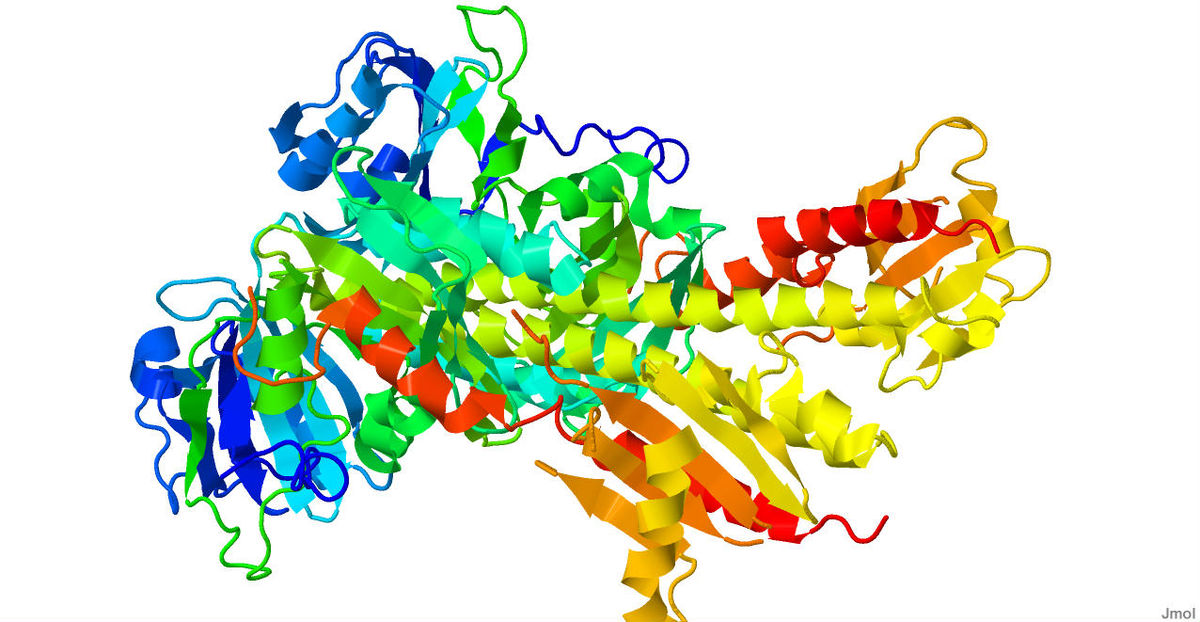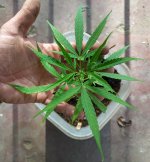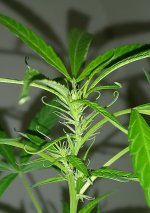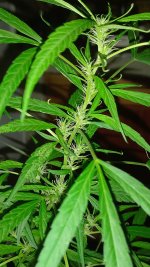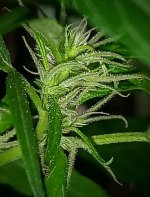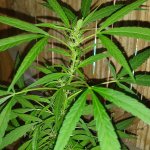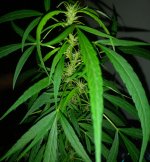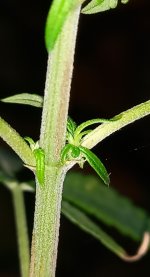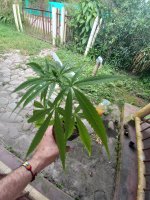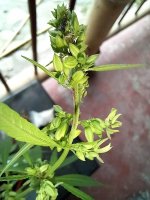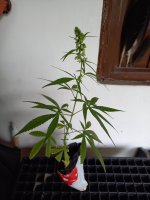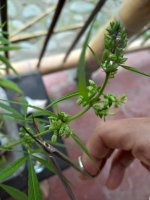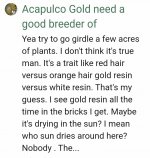These seedlings are the first 3 seeds germinated from a cross of 2 different, imported Mexican skunks.
Both the parents were quite sensitive to water and definetely preferred being on the dry side and were fed very lightly by top dressing with a layer of worm compost and seemed to prefer misting a somewhat exposed root zone. Also when I rec'd the plants one of them had its roots busting out of its fabric pot so I think they are gonna need a pretty sandy soil mix with real good drainage.
At the moment they are in a very airy, organic soil/rice husk mix top dressed with a thin layer of worm castings and only water being added.
Growth is a bit slower than what i'm used to but yellowing cotyledons and a bit of a burn on the first set of leaf tips haz me worried.
Also they are under 24h mixed /
/ light.
light.
Never grown anything like this out here in tropical Colombia before. I'm pretty sure this is a drastic change of enviornment for these desert skunks.
Anybody have experience with dry, desert skunks before? Any and all advice welcome. After the initial breeding I was unsuccessful in revegging either parent which really surprised me and let me know these plants are something else entirely.
Thanks in advance!
Both the parents were quite sensitive to water and definetely preferred being on the dry side and were fed very lightly by top dressing with a layer of worm compost and seemed to prefer misting a somewhat exposed root zone. Also when I rec'd the plants one of them had its roots busting out of its fabric pot so I think they are gonna need a pretty sandy soil mix with real good drainage.
At the moment they are in a very airy, organic soil/rice husk mix top dressed with a thin layer of worm castings and only water being added.
Growth is a bit slower than what i'm used to but yellowing cotyledons and a bit of a burn on the first set of leaf tips haz me worried.
Also they are under 24h mixed
Never grown anything like this out here in tropical Colombia before. I'm pretty sure this is a drastic change of enviornment for these desert skunks.
Anybody have experience with dry, desert skunks before? Any and all advice welcome. After the initial breeding I was unsuccessful in revegging either parent which really surprised me and let me know these plants are something else entirely.
Thanks in advance!
Attachments
-
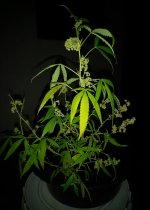 20230405_193533_2.jpg1 MB · Views: 60
20230405_193533_2.jpg1 MB · Views: 60 -
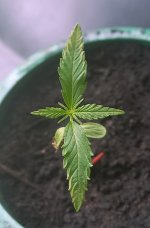 20230607_172328~2.jpg722.2 KB · Views: 56
20230607_172328~2.jpg722.2 KB · Views: 56 -
 20230607_172342~2.jpg676.7 KB · Views: 55
20230607_172342~2.jpg676.7 KB · Views: 55 -
 20230607_124847~2.jpg1.1 MB · Views: 63
20230607_124847~2.jpg1.1 MB · Views: 63 -
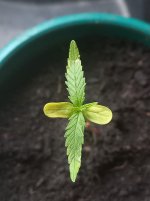 20230607_172351~2.jpg808.7 KB · Views: 56
20230607_172351~2.jpg808.7 KB · Views: 56 -
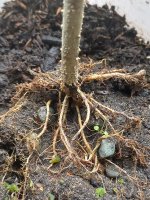 20230516_105824.jpg2 MB · Views: 51
20230516_105824.jpg2 MB · Views: 51 -
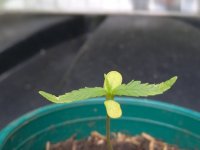 20230607_143824.jpg2.1 MB · Views: 55
20230607_143824.jpg2.1 MB · Views: 55 -
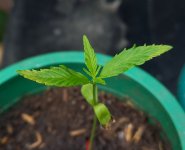 20230607_124909~2.jpg967.2 KB · Views: 59
20230607_124909~2.jpg967.2 KB · Views: 59 -
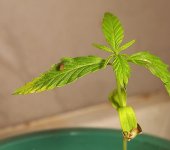 20230608_192856~2.jpg866.5 KB · Views: 63
20230608_192856~2.jpg866.5 KB · Views: 63 -
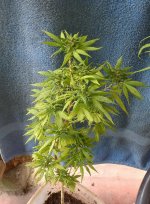 20230412_111415.jpg1.6 MB · Views: 62
20230412_111415.jpg1.6 MB · Views: 62

